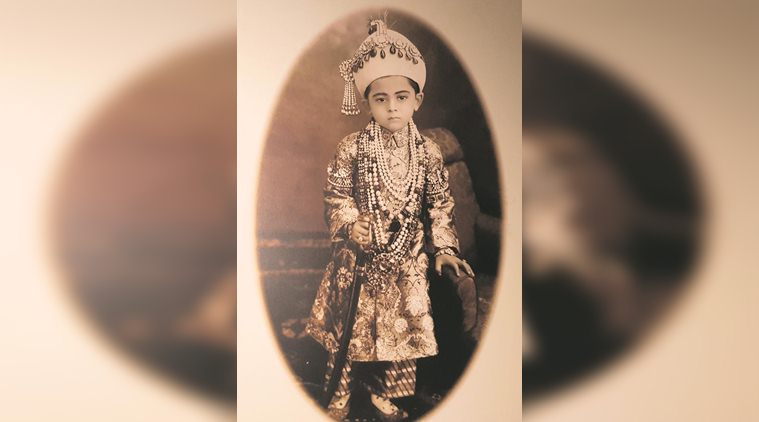Written by Divya A |Updated: March 15, 2019 8:44:30 am
The famed gems and jewellery collection of the Nizams comes to Delhi again, with the Rs 900-crore Jacob diamond as the centrepiece
The Jacob diamond, also called the Imperial diamond, was discovered in the Kimberly mines of South Africa in the 19th century. Singh says that it is named after Alexander Malcolm Jacob, the jeweller who sold it to the sixth Nizam, Mehboob Ali Pasha.

As soon as one is able to get inside the vault-like room on the second floor of National Museum, guarded by at least a dozen security guards round the clock, the phone network goes away. Jammers have been installed for security reasons. So even though cellphones are allowed inside, there is no network. In this dimly-lit room, where only 50 people are allowed at a time for 30 minutes, the centrepiece grabs much attention. The Jacob diamond — weighing a staggering 184.75 carats — encrusted in a glass showcase, is the highlight of the 173-piece jewellery collection of the Nizams of Hyderabad, which is on display at the museum.
Titled ‘Jewels of India: The Nizam’s Jewellery Collection’, it is the third such exhibition of the rare and precious gems and jewels belonging to the period between 18th and early 20th century in Hyderabad; the earlier occasions being 2001 and 2007. “We have tried to introduce a novelty factor in the display this time in terms of lighting, background colour, and style,” says curator Sanjib Kumar Singh, adding, that what’s on display is only a small section of the entire collection. “We can’t say when the collection will be on display next,” he adds.
The Jacob diamond, also called the Imperial diamond, was discovered in the Kimberly mines of South Africa in the 19th century. Singh says that it is named after Alexander Malcolm Jacob, the jeweller who sold it to the sixth Nizam, Mehboob Ali Pasha. Now, there is a demand to reclaim the Nizam legacy through it, and call it Asif-shahi heera, after one of the seven Nizams. “It is also said that while the sixth Nizam who bought it kept the diamond very close to his chest and saw it every day, the seventh Nizam, Osman Ali Khan, used it as a paperweight so that it doesn’t attract attention,” says Singh.
The jewels are set in open-back mounts which is a combination of Indian and European design sensibilities. “The Columbian emeralds are representative of the Nizam’s fascination for the gem which makes up for a large part of the jewellery collection,” Singh says. The collection was purchased in 1995 by the Government of India for merely Rs 218 crore, while its actual value may be much more. The Jacob diamond alone was valued at over Rs 900 crore by the BBC in 2008, even comparing it to the Kohinoor. Before the government acquired it, the collection was with a trust formed by the last Nizam, Mir Osman All Khan, in 1951-1952 to safeguard the family’s ancestral wealth. “The government was able to acquire the collection after a 23-year legal battle with the Nizams who had initially asked for Rs 4,600 crore (in 1972), but the government built its case upon the jewellery’s antiquity value and architectural importance. So the court didn’t allow the Nizams to sell the collection outside of India,” says Singh.
The collection also includes sarpeches (a turban ornament), necklaces, belts and buckles, pairs of bracelets and bangles, earrings, armlets, toe rings, finger rings, pocket watches and watch chains, buttons and cufflinks. Diamonds from the mines of Golconda and Colombian emeralds are also part of the display along with the Burmese rubies and spinets and pearls from Basra and the Gulf of Mannar. There are also family portraits accompanying the display, sometimes showing a particular piece being worn by a family member.
The exhibition is on display at the National Museum, Janpath, till May 5.
Entry fee: Rs 50, for 30 minutes






















No hay comentarios:
Publicar un comentario